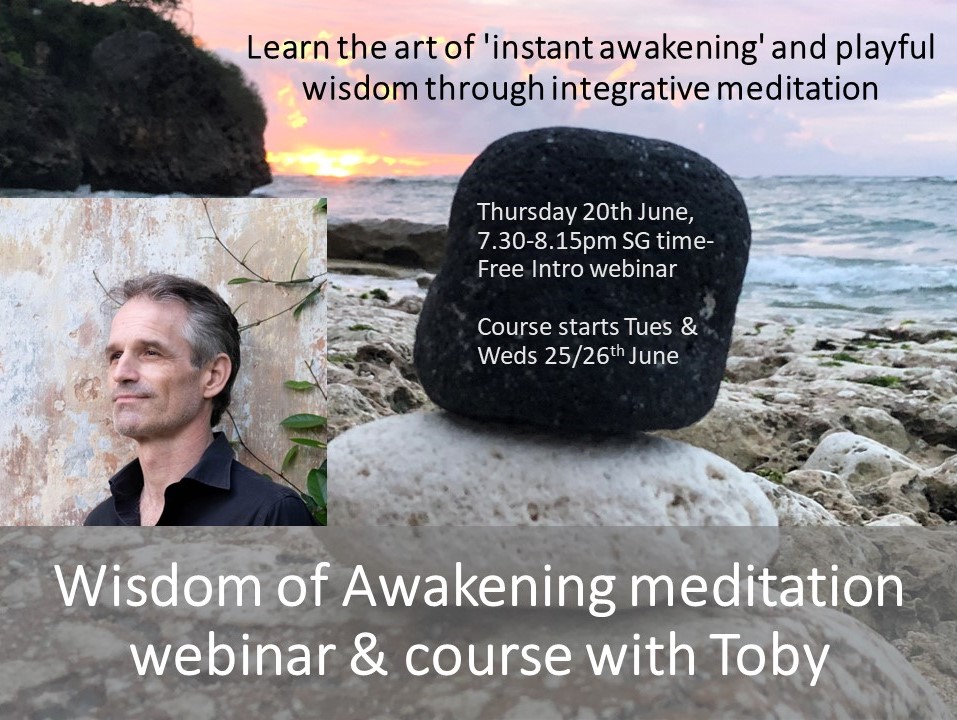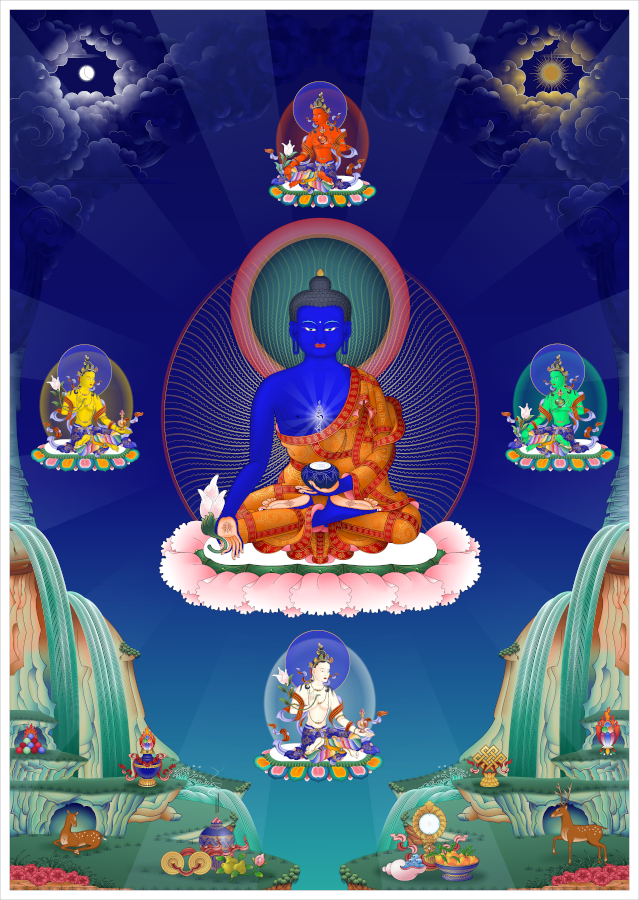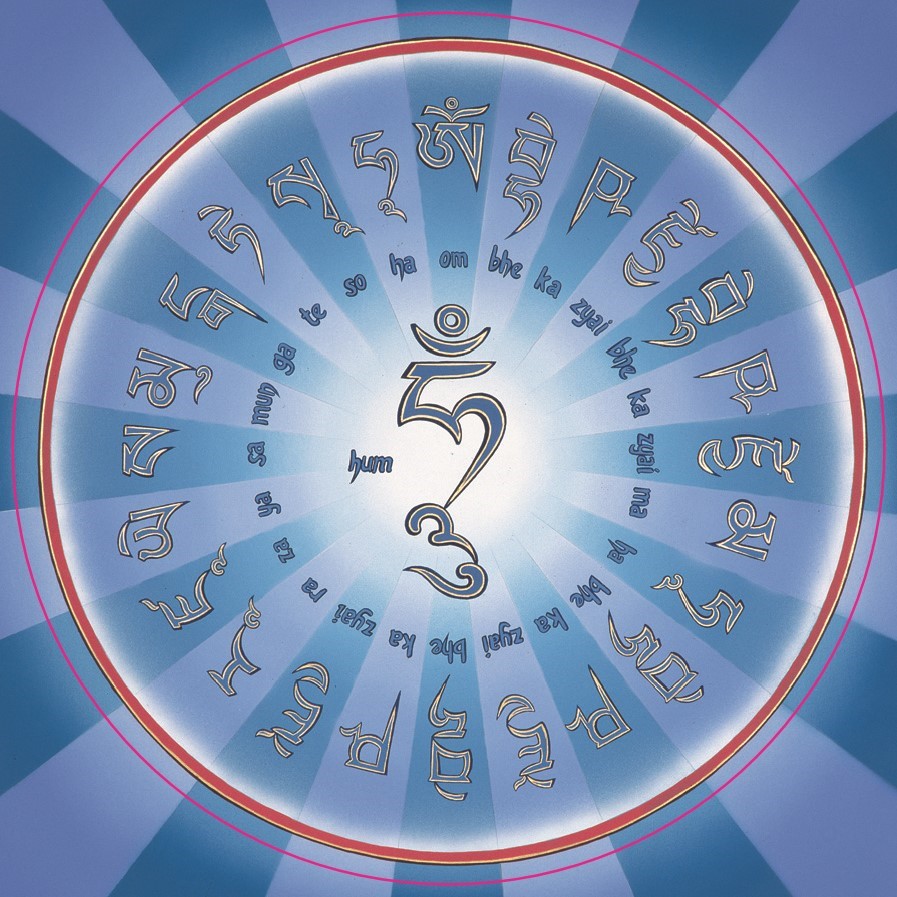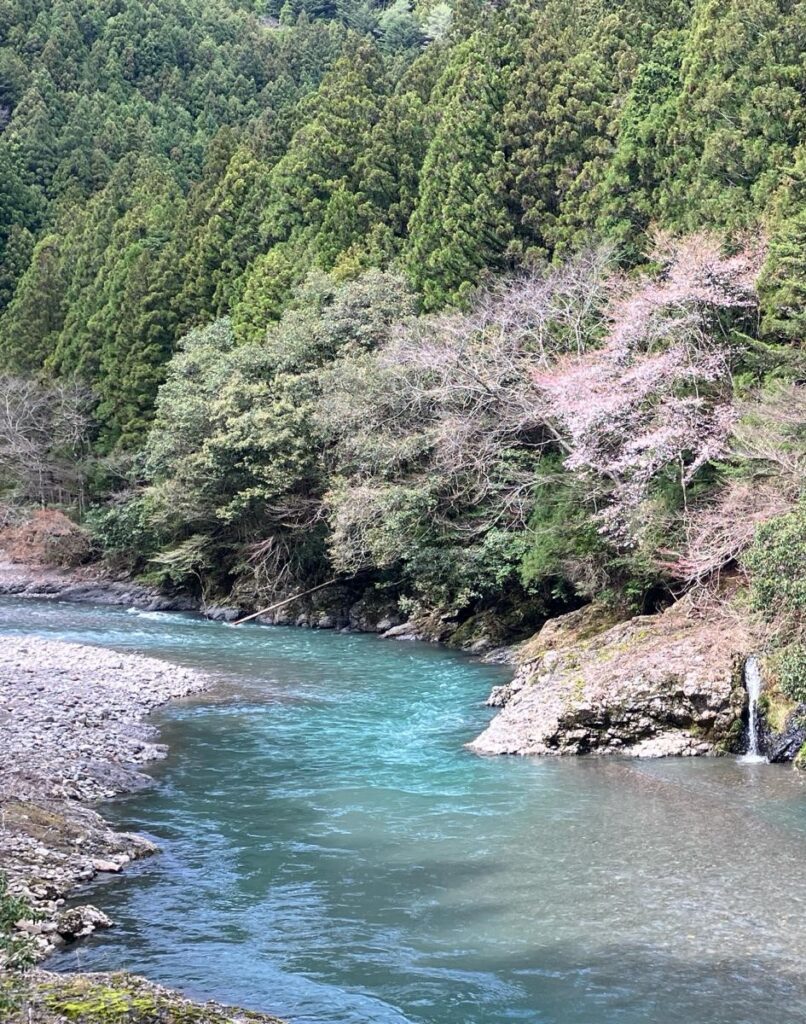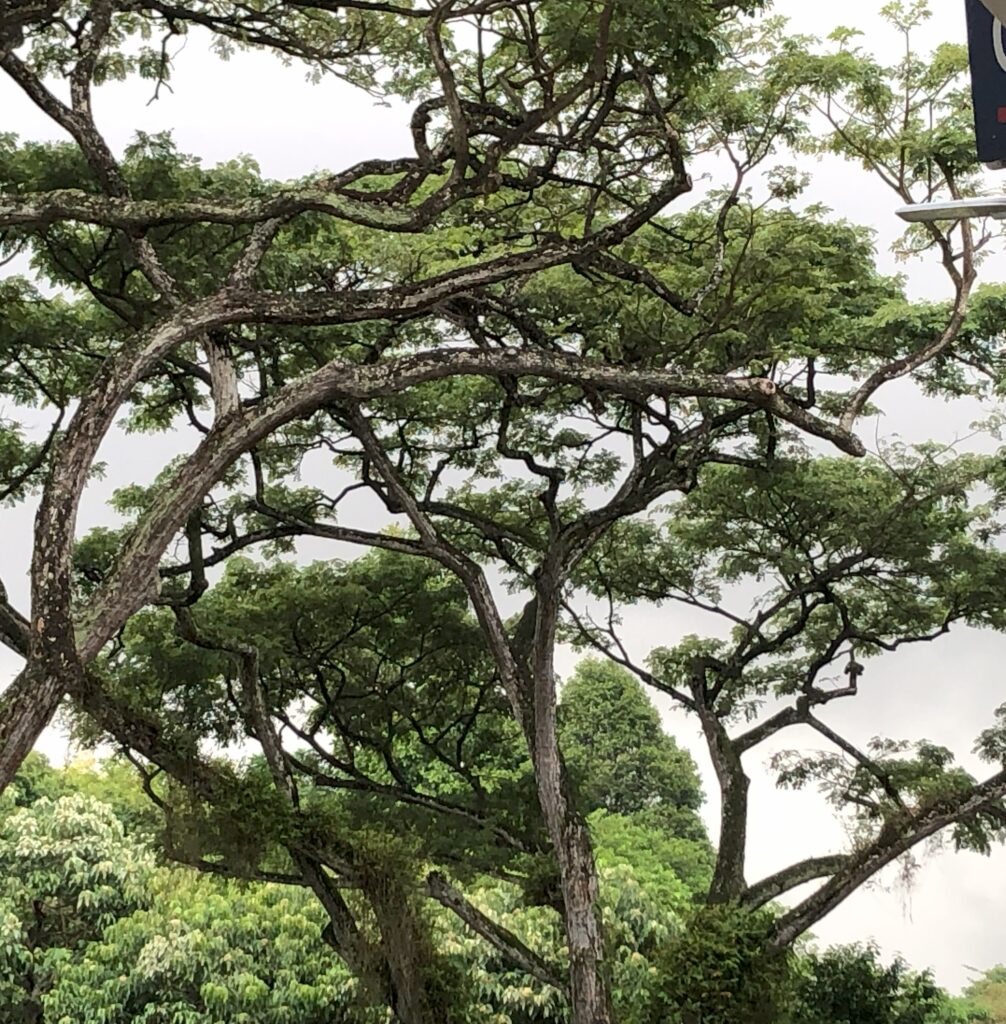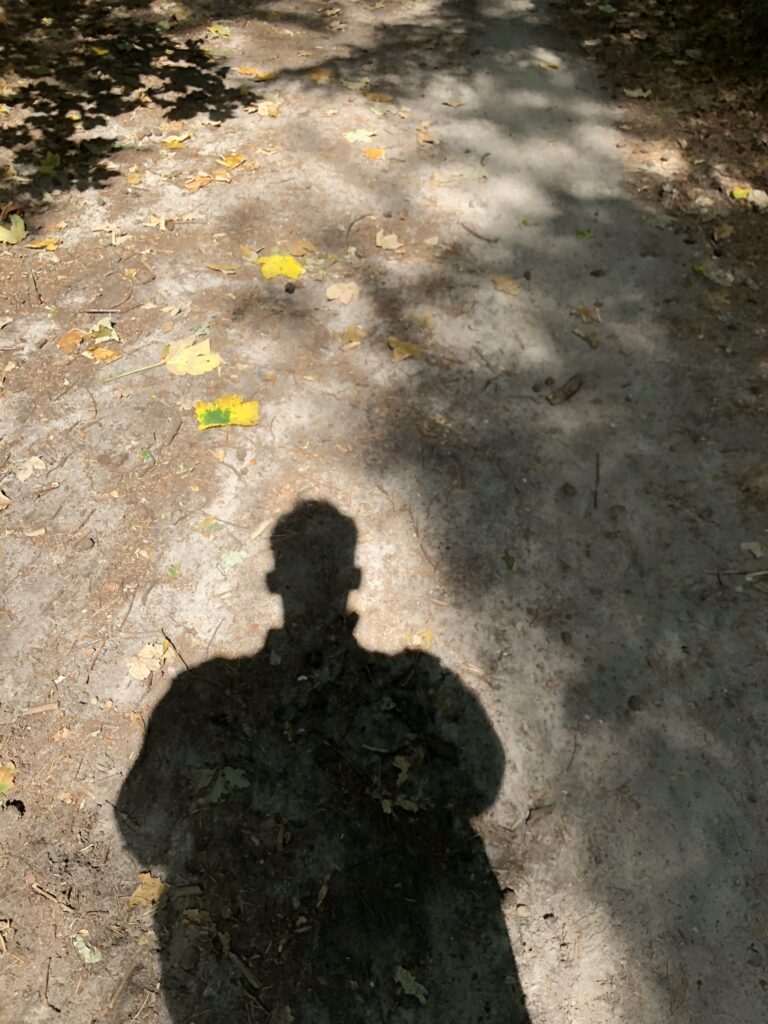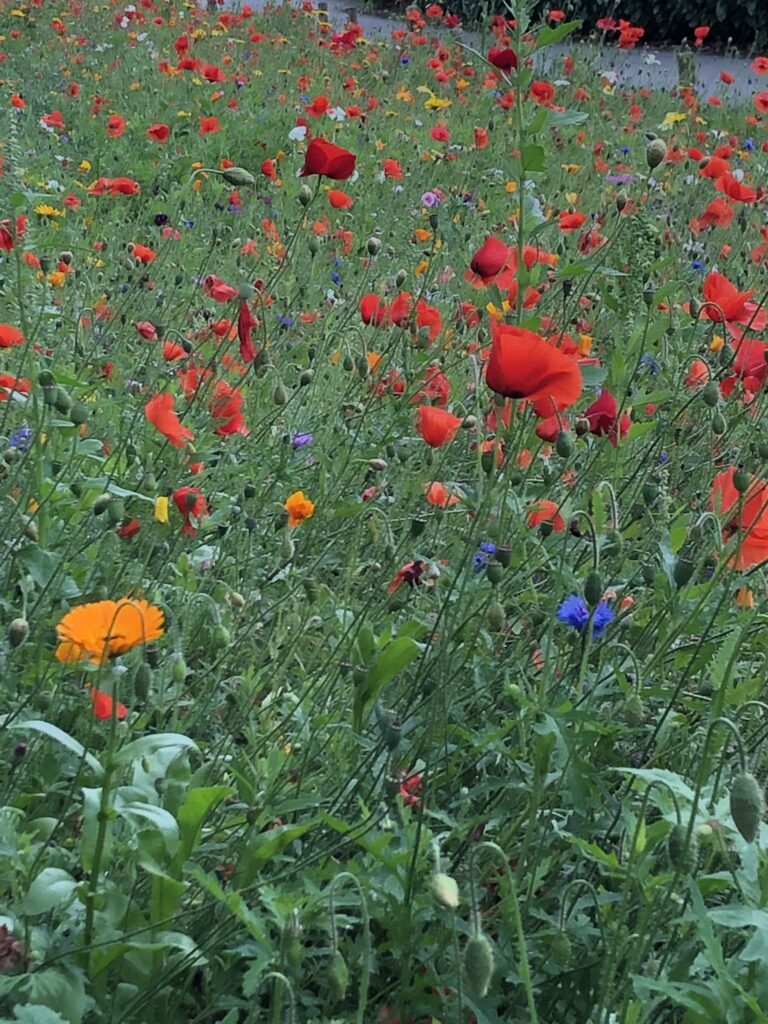“Skillful acceptance means noticing that you can center yourself in the middle of feelings of chaos, messiness, or dis-orientation, be present to them without panicking”

Dear Integral Meditators,
This week’s article looks at how to use mindfulness to work with your reality in a creative way, even and particularly when it seems messy!
If you enjoy the article, it will be the subject of our meditation at this weeks Tuesday & Wednesday Meditation class:
The Wisdom of Awakening Series: Meditations for cultivating your inner guidance & guru.
All welcome to attend. This series is the course for this week and July.
In the spirit of acceptance,
Toby
Developmental acceptance – Allowing things to be messy & imperfect
Harmony from chaos – The way of the artist and creative
At a certain stage in my path, I spent time working with the idea of my art (at the time painting & sculpture) as a path of ‘harmony through conflict’. This basically meant that, to create beauty or harmony, you need to reach into chaos, disorder and sometimes ugliness. Then, by working skilfully with it you can draw out the beauty and order. So, the first part of any creative process then, is to learn to ‘be’ with the disorder/chaos, and start working with it from a centred point of view.
Chaos, inner and outer is messy
The tricky part about sitting with chaos is that the feeling of it is very ‘messy’ and confusing. It doesn’t feel comfortable to sit with. One reason why many people are not more creative is because they would prefer to sit with a reality that feels ‘tidy’, ordered and ‘safe’, even if that version of reality is someone else’s, even if it is dysfunctional, and even if the ‘order’ isn’t that appealing to us.
Accepting & working with chaos
So, to work with the messiness of reality, and start building our capacity to work with it creatively, we first must practice ‘sitting with the messiness’, which is to say sitting and getting comfortable with it, which actually means ‘getting comfortable with the uncomfortable’(!)
To get comfortable with messiness means accepting that it makes us anxious and dis-oriented. Skillful acceptance means noticing that you can center yourself in the middle of those feelings of chaos and messiness, be present to them without panicking. From the centred comfort that acceptance gives you, you can then look for ways to:
- Notice what’s useful and good about the current messy-ness
- Make small initial steps towards ordering the situation
- Let your intuitive, rational and instinctual intelligence work together to see patterns in the chaos that help you start to see what the situation is offering you, and what it can become
Practicing developmental acceptance
On a practical level, I find this type of developmental acceptance enables me to work with what is happening in my day much more creatively. For example, today:
- Sitting down at my desk to write this article, I found that the initial idea I had did not ‘fit’ like I imagined it would
- This immediately put me in a place of dis-orientation, discomfort. Centering in that dis-orientation and getting comfortable with it, I became curious about how I could start to mold a new order from the messiness. Staying centered also needed a bit of the qualities of care and courage to stay with it; some gentle positive inner self-talk and re-assurance
- Acceptance itself started to emerge as a theme, relaxing into it, and without trying too hard I let my intuition, rationality, and instinct start to put some structure to the basic theme, to sculpt and form a harmony from the mess
- Forty minutes or so later I had written the article that you are now reading
You will notice from the above description that the first ‘move’ was noticing and accepting the initial ‘messiness’ of my reality. Accepting and centering like this then enabled me to harmonize my reality much more quickly and effectively than if I had been fighting with it.
You will notice also that I use the three C’s, curiosity, courage and care as a central part of the ‘developmental acceptance’ methodology.
Related reading: Cultivating your positive imperfectionist
Applying the Three C’s of Engaged Mindfulness
© Toby Ouvry 2022, you are welcome to use or share this article, but please cite Toby as the source and include reference to his website www.tobyouvry.com
Follow Toby on: LinkedIn, YouTube, Instagram
Integral Meditation Asia
Online Courses * 1:1 Coaching * Books * Live Workshops * Corporate Mindfulness Training *Life-Coaching * Meditation Technology

